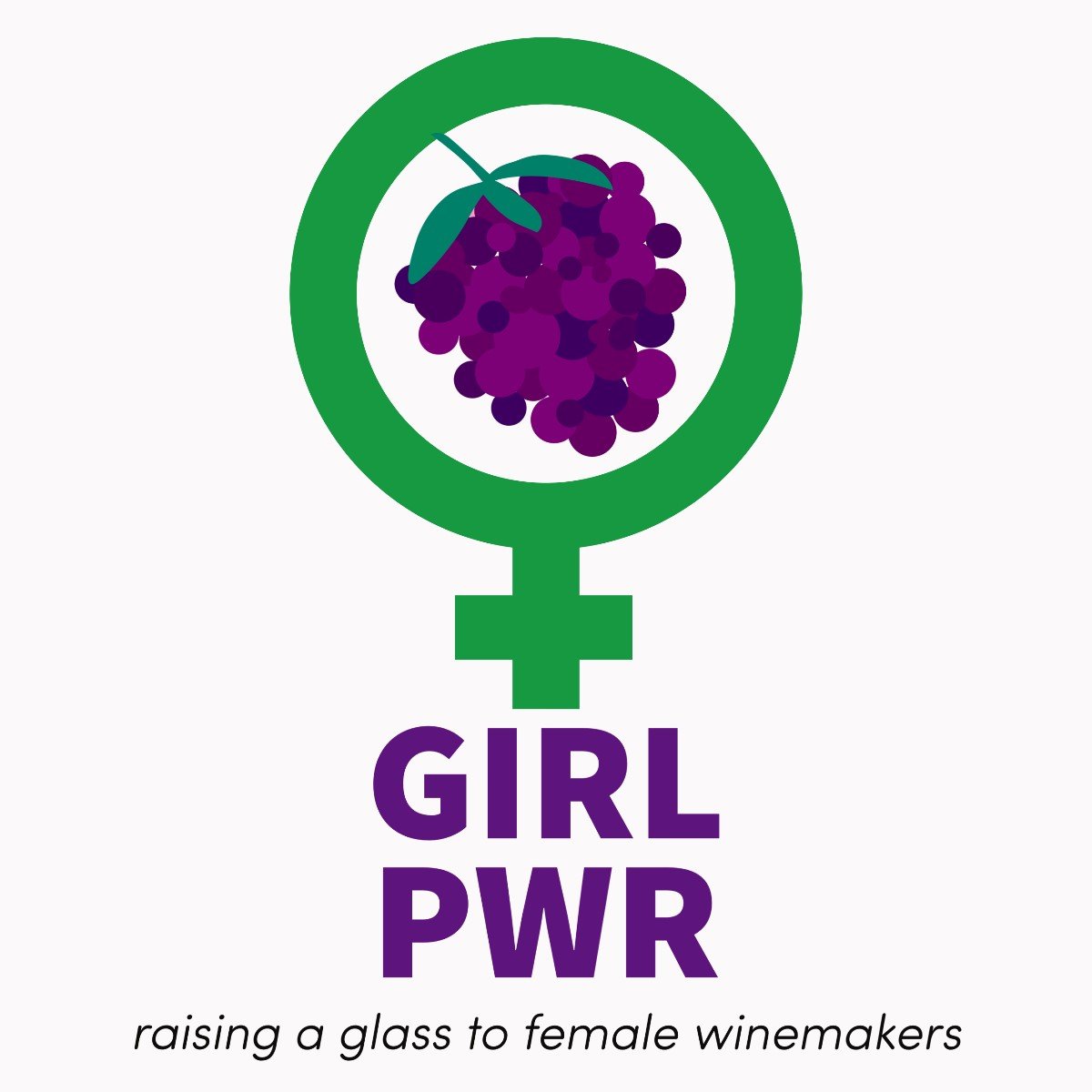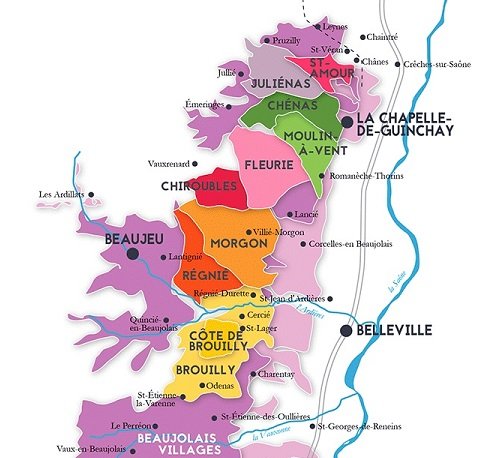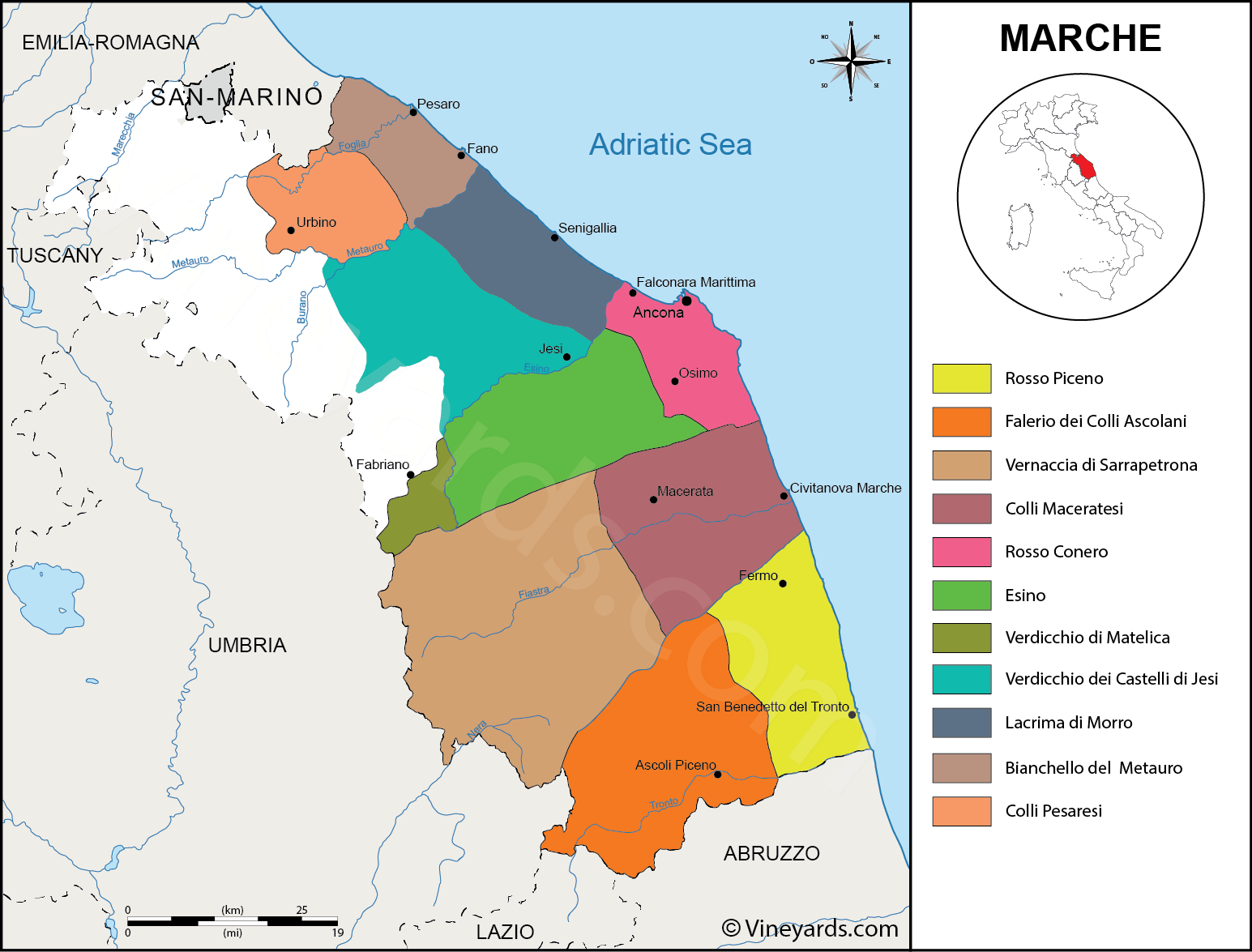Breaking soil down into singular categories is quite difficult. Most vineyard topsoils are not homogenous; rather, they are often a blend of different soils, and both the rocks within and the texture of the topsoil influence a region’s wines.
While certain soil characteristics are suited to different regions, generally vineyard soils should not be too fertile. This may seem counterintuitive, but soils with fewer nutrients force vines to struggle and therefore become stronger. Water is also essential to grapevines, so good wine soils should retain water while still draining it away from the surface.
SEDIMENTARY SOILS – LIMESTONE, SANDSTONE, SILEX/FLINT
Sedimentary soil is comprised of solidified mineral or organic deposits from the Earth, often left by bodies of water.
Limestone some exalt limestone as the finest wine-producing soil in the world and, indeed, it is found in many famous regions. It forms from the decomposed bodies of mollusks, fish, and other organic material that once lived in ancient sea beds and reefs. Limestone and chalk (a type of limestone), drain well but also hold water for vines to absorb when needed. Wines made in limestone soils are generally long-lived and have bright, linear acidity. Famous regions: Burgundy, Champagne, Loire
How were the limestone soils of Sancerre formed? Sancerre’s limestone soils were formed from millions of years of marine sedimentation, followed by tectonic uplift and erosion. These ancient seabed deposits—Kimmeridgian marl, Portlandian limestone, and flinty silex—create a distinctive terroir that gives Sancerre Sauvignon Blanc its bright acidity, minerality, and elegance, making it one of the world’s most iconic white wine regions.
Sancerre actually has 3 different soil types derived from ancient limestone formations:
1 -"Terres Blanches" (White Soils) - Kimmeridgian Marl. A mix of clay and limestone rich in fossilized seashells. Found mostly on the western hills of Sancerre. Produces full-bodied, structured wines with weight, richness, and aging potential.
2 - "Caillottes" (Pebbly Limestone) - Portlandian Limestone. Hard, stony pure limestone with small pebbles, found mainly in the heart of Sancerre. Offers elegant, aromatic, and mineral-driven wines with finesse and bright acidity.
3 - "Silex" (Flint) - Mixed Limestone & Silica Found in eastern Sancerre, particularly in areas like Saint-Satur. Flinty, quartz-rich soils create smoky, racy wines with sharp minerality.
Why are limestone soils good for grape growing?
· High Acidity & Minerality: The limestone helps retain water while maintaining excellent drainage, allowing vines to struggle and develop deep root systems.
· Purity of Fruit: The terroir highlights Sauvignon Blanc’s citrus, green apple, and floral notes with a chalky texture.
· Aging Potential: Wines from Terres Blanches (Kimmeridgian limestone) tend to age well, developing complexity over time.
· Smoky Character: Flint (silex) soils impart the famous gunflint (pierre à fusil) aroma associated with some of the best Sancerre wines.
Our selection: Domaine du Pré Semelé Sancerre
IGNEOUS SOILS – GRANITE, VOLCANIC
Igneous soils forms when molten magma or lava cools and solidifies. These soils can be volcanic (extrusive) or plutonic (intrusive) in origin, depending on how and where the original rock formed. Igneous soils are often rich in minerals, well-draining, and vary in fertility depending on weathering and composition. Volcanic soil, particularly basalt, is formed from cooled, hardened, and weathered lava. While the soil is a complicated one, it tends to be finely grained, drains well, retains and reflects heat, and holds water. Volcanic soil also contains high proportions of iron, resulting in black- or red-colored earth, and is thought to sometimes impart an ashy, rusty taste to wines. Famous regions: Canary Islands, Sicily, Santorini
How were the volcanic soils of Santorini formed? The volcanic soils of Santorini were formed through a series of massive volcanic eruptions over hundreds of thousands of years, the most significant being the Minoan Eruption around 1600 BCE. This eruption shaped the island's current geological structure and left behind a unique, mineral-rich soil composition that profoundly influences the island's wines.
Why are they good for grape growing?
· High minerality: Contributes to the saline, flinty, and smoky character of Santorini’s wines.
· Water retention: Despite the island’s lack of rainfall, the porous pumice absorbs morning humidity, providing moisture to the vines.
· Resilient vines: The harsh conditions and lack of nutrients force vines to grow deep roots, leading to concentrated, age-worthy wines.
· Ungrafted old vines: Santorini’s vines, including the famous Assyrtiko, are trained in a unique basket shape (kouloura) to protect against strong winds and sun exposure.
Our selection: Gai’a Assyrtiko "Thalassitis"
METAMORPHIC SOILS – SLATE, SCHIST, GNEISS
Metamorphic soils have been transformed from another type of rock through heat and pressure over millions of years.
Schist soils, a hard, crystalline rock denser than slate, schist is made of layers of minerals that can flake off easily. It retains heat well, producing big, powerful wines with rich minerality. Famous regions: Douro Valley, Ribeira Sacra, Galicia
How were the schist soils of Galicia formed? The schist soils of Galicia, particularly in regions like Ribeira Sacra, Valdeorras, and Rías Baixas, were formed over hundreds of millions of years through a combination of geological processes, including tectonic activity, metamorphism, and erosion. These soils are part of the ancient Iberian Massif, one of the oldest geological formations in Europe.
Why are they good for grape growing?
· Thin, well-draining soil: Forces vines to develop deep roots, enhancing resilience and concentration of flavors.
· Heat-retaining properties: Schist absorbs and radiates heat, helping to ripen grapes in Galicia’s cooler, Atlantic-influenced climate.
· Mineral-rich composition: Provides essential nutrients and imparts a distinctive minerality and freshness to the wines.
· Erosion-prone but structured: The fragmented nature of schist allows for good aeration but requires careful vineyard management to prevent soil loss on steep slopes.
Our selection: A Pagos del Galir Godello
TEXTURAL SOILS – SAND, CLAY, GRAVEL, SILT, LOAM, ALLUVIUM
Many wine soils are defined by their textures, which are comprised of types of igneous, sedimentary, and metamorphic rocks.
Sand is any rock that has been pulverized into small particles. Because sand drains easily it works well in wet climates; but for drought-riddled regions, sandy soil can be problematic. It is, however, often phylloxera-free since the pest can’t survive its texture. Sandy soils can sometimes result in thin, uninteresting wines, but in the best areas they produce wines with delicacy and drinkability. Famous regions: Lodi, Barolo, Rhone Valley
How were they formed? Lodi’s sandy soils were formed through millions of years of river deposition, erosion from the Sierra Nevada, and wind-driven sedimentation. The result is a terroir that supports old, ungrafted vines, producing wines with rich concentration, smooth tannins, and vibrant fruit flavors, making Lodi a powerhouse for Mediterranean varietals.
Why are they good for grape growing?
· Longevity: The sandy soils resist phylloxera, allowing for some of California’s oldest, ungrafted vines (planted as early as the 1880s)
· Excellent Drainage: Vines struggle for water, leading to small, concentrated berries and bold, fruit-forward wines.
· Elegant Tannins: Unlike clay-heavy soils that produce highly structured wines, sandy soils create smooth, approachable reds with supple tannins.
· Balanced Acidity: The alluvial deposits contribute to bright, fresh acidity, particularly beneficial for white wines like Albariño and Vermentino.
Our selection: Monte Rio Jessie’s Grove Carignan
Clay - A topsoil of clay expands and contracts with water, but deep clay subsoil retains precipitation and minerals, and can be a savior to grapevines in dry times. Some say that clay imparts a profile to wines that is similar to the texture of clay itself — thick, round, and generous. Famous region: Pomerol, Ribera del Duero
How were the clay soils of Ribera del Duero formed? The clay soils of Ribera del Duero were formed through millions of years of geological shifts, river sedimentation, and erosion, creating a diverse terroir that plays a crucial role in the region’s ability to produce powerful, structured Tempranillo-based wines.
Why are they good for grape growing?
· Powerful Tannins & Deep Color: Clay retains moisture, slowing vine stress, which results in thicker grape skins and wines with strong tannins and dark fruit concentration.
· Long Aging Potential: Clay-rich soils produce wines with firm structure, making Ribera del Duero’s Tempranillo age-worthy.
· Balancing Heat & Water Availability: In a region with hot summers and cold winters, clay soils store water, preventing excessive drought stress.
· Complexity & Minerality: Areas with clay-limestone soils provide acidity and elegance, balancing the bold fruit character.
Our selection: Emilio Moro Finca Resalso
































